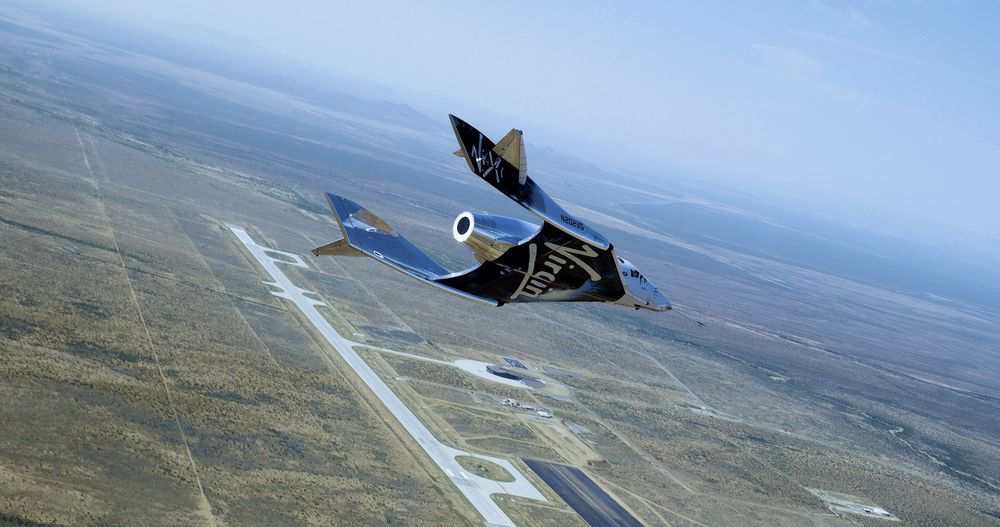At this year’s #MSIgnite we revealed how HoloLens 2 is helping build the NASA’s Orion Spacecraft, designed to return astronauts to the moon and pave the way for human exploration to Mars.
Category: space travel – Page 312
NASA Administrator Jim Bridenstine and leadership from NASA and SpaceX discuss the upcoming SpaceX Crew-1 mission
NASA Administrator Jim Bridenstine and leadership from NASA and SpaceX discuss the upcoming SpaceX Crew-1 mission, which will be the first crew rotational flight of a U.S. commercial spacecraft to the International Space Station. Astronauts Michael Hopkins, Victor Glover, and Shannon Walker of NASA and Soichi Noguchi of the Japan Aerospace Exploration Agency (JAXA) are targeted to launch on Oct. 31 at 2:40 a.m. EDT aboard the Crew Dragon from Launch Complex 39A at NASA’s Kennedy Space Center in Florida.
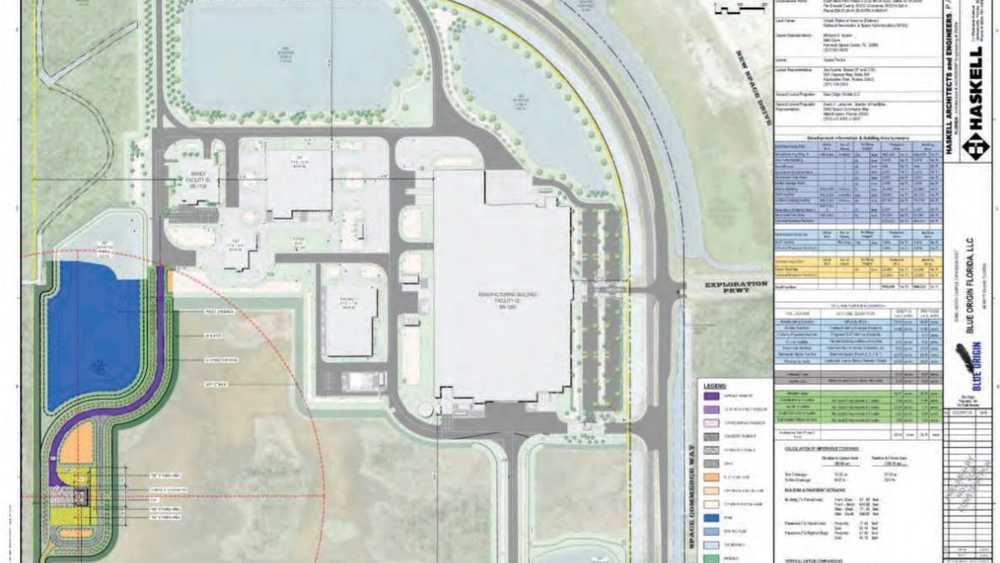
Blue Origin to fill wetlands for rocket test site
Amazon CEO Jeff Bezos’ space venture plans to fill in more than 10 acres of wetlands for a rocket manufacturing testing facility south of the Kennedy Space Center Visitor Complex and west of Space Commerce Way.
Blue Origin Florida LLC has applied for a permit from the U.S. Army Corps of Engineers to place fill in 10.32 acres of wetlands, with “secondary impacts” to 7.45 acres of wetlands to build the facility, according to the permit public notice.
The public has until Oct. 13 to comment on the permit application.
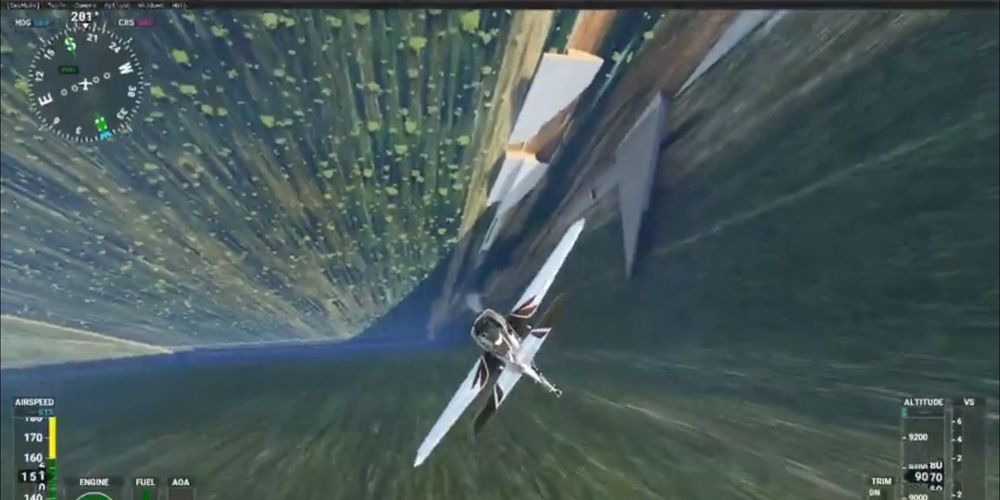
SpaceX Boca Chica — SN9 Forward Section Stacked — SN8 Waits for Lift
As Starship SN8 waited to be lifted onto the mount at Pad A, the forward section of SN9 was stacked (off camera). New weather stations were installed, work on and around the launch site continued, and some scrap rolls of stainless steel were moved.
Video and Pictures from Mary (@BocaChicaGal). Edited by Theo Ripper (@TheoRipper).
Click “Join” for access to early fast turnaround clips, exclusive discord access with the NSF team, etc — to support the channel.
Updates: https://forum.nasaspaceflight.com/index.php?topic=51332.
Articles: https://www.nasaspaceflight.com/?s=Starship
NSF Store: https://www.nasaspaceflight.com/shop/
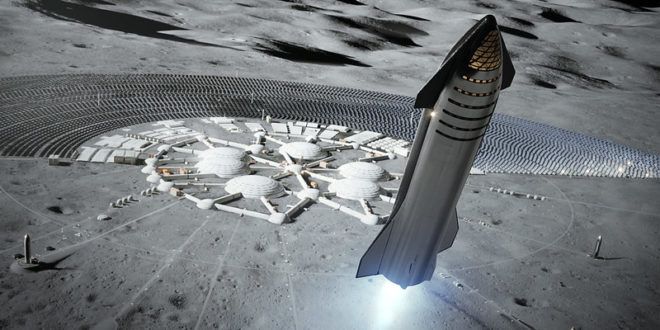
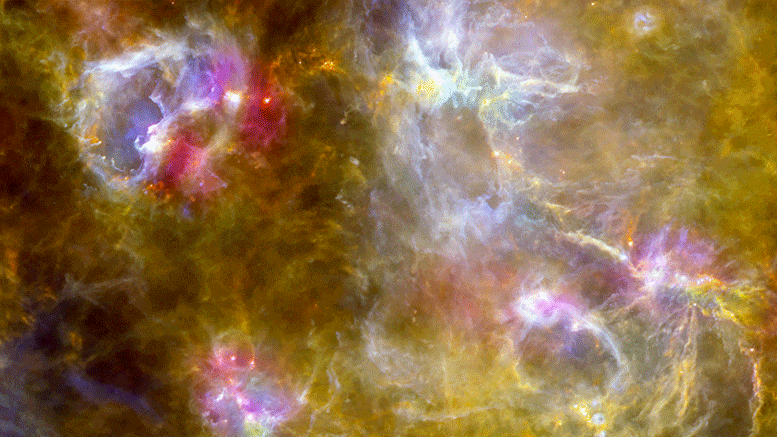
Astrophysicists Prove That Water Ice Is Trapped in Star Dust
Astrophysicists at the University of Jena (Germany) prove that dust particles in space are mixed with ice.
The matter between the stars in a galaxy – called the interstellar medium – consists not only of gas, but also of a great deal of dust. At some point in time, stars and planets originated in such an environment, because the dust particles can clump together and merge into celestial bodies. Important chemical processes also take place on these particles, from which complex organic – possibly even prebiotic – molecules emerge. However, for these processes to be possible, there has to be water. In particularly cold cosmic environments, water occurs in the form of ice. Until now, however, the connection between ice and dust in these regions of space was unclear. A research team from Friedrich Schiller University Jena and the Max Planck Institute for Astronomy has now proven that the dust particles and the ice are mixed. They report their findings in the current issue of the research journal Nature Astronomy.
Better modelling of physico-chemical processes in space.
Rolling Out: 09/25/2020
This week on #SpaceToGround : the International Space Station is set for a delivery of supplies and science from the Northrop Grumman Corporation’s Cygnus spacecraft, while the next astronauts set to launch aboard SpaceX’s Crew Dragon prepare for their upcoming mission:
NASA Seeks Ideas from the Public for Powering Exploration on the Moon
NASA’s Watts on the Moon Challenge seeks solutions for energy distribution, management, and/or storage that address NASA technology gaps and can be further developed for space flight and future operation on the lunar surface. Not only could novel solutions make a difference in lunar and space exploration, but technologies discovered during NASA’s Watts on the Moon competition could help facilitate new power options on Earth.
